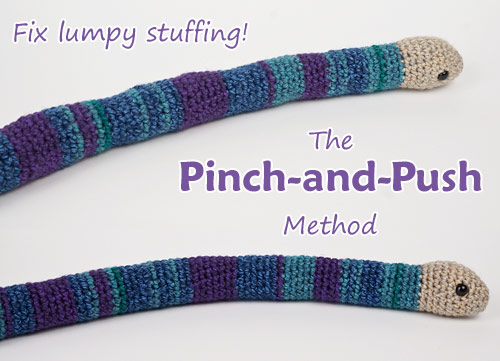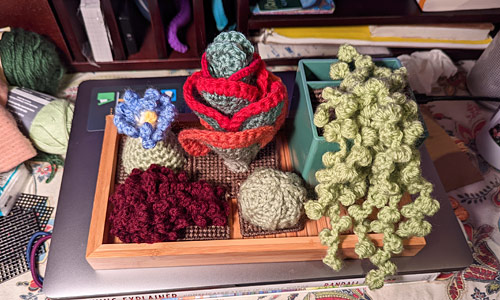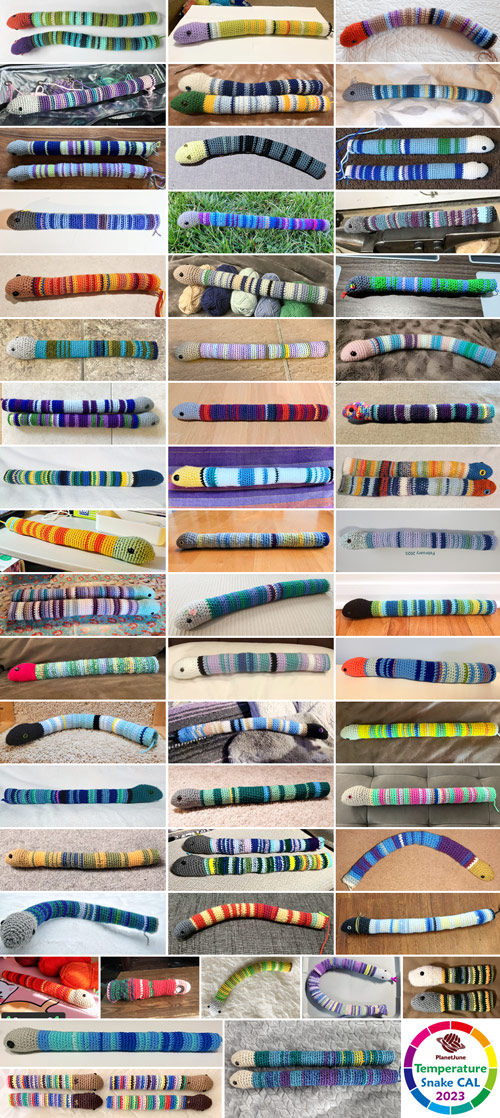
I have a new tutorial for you today that you’ll probably find especially useful if you’re working on a Temperature Snake (although it isn’t just for snakes!) Is your stuffing less smooth and even than you’d like? I can help with that! With my ‘pinch-and-push’ technique, you can manipulate the stuffing of an amigurumi from […]

















